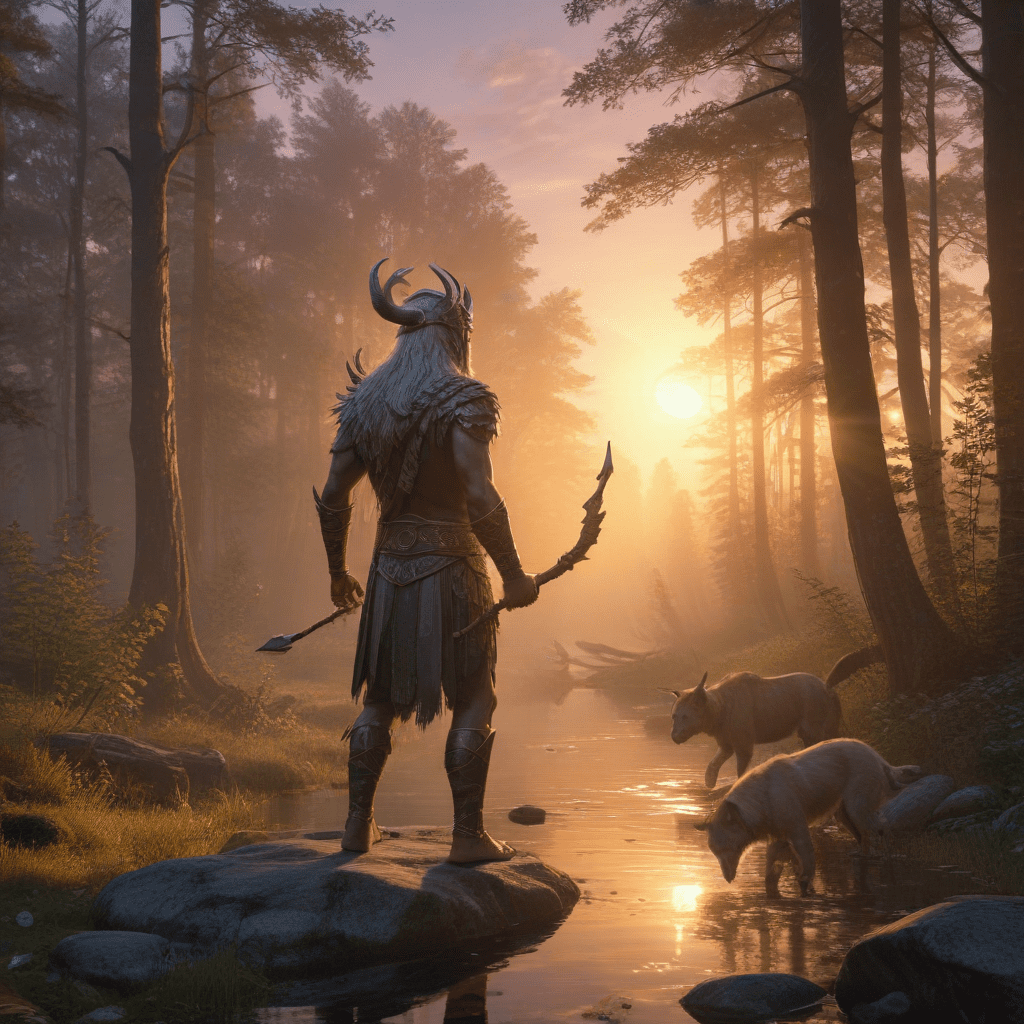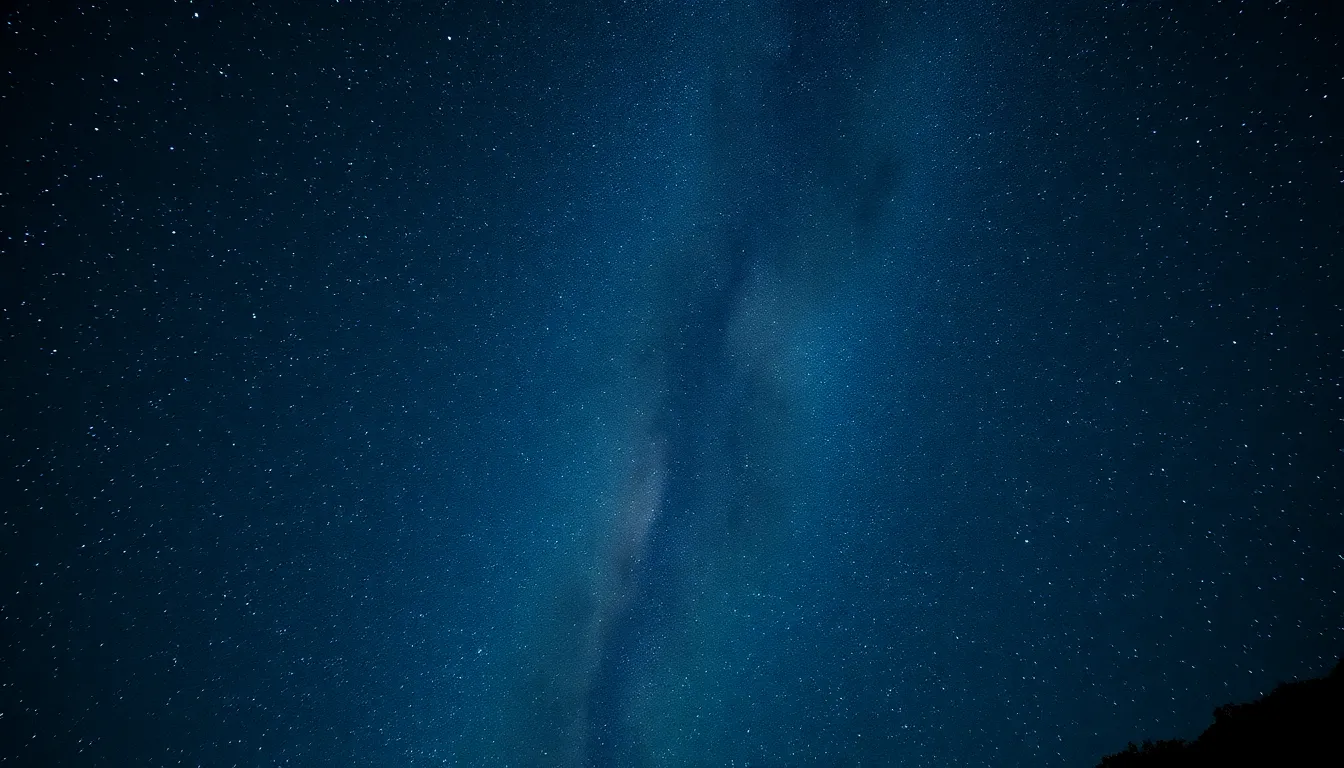The Dawn’s Creation
In the ancient Finnish epic, the Kalevala, the dawn is portrayed as a celestial entity born from the union of the primordial sky god Ukko and his wife, the earth goddess Rauni. As Ukko ascended to the heavens, he cast his gaze upon the dark expanse below, yearning for a source of light and warmth. In response, Rauni ascended from the earth, bringing with her the seeds of the first tree, Tammi, the sacred oak. Together, they planted Tammi in the heavens, and from its branches, the sun and moon emerged, illuminating the world with their golden rays.
The Goddess of Dawn: Koiton
Koiton, the radiant goddess of dawn, is the guardian of the eastern horizon. With her arrival each morning, she banishes the shadows of night and awakens the world from slumber. Depicted as a beautiful maiden with long, flowing golden hair, Koiton is said to ride across the sky in a chariot drawn by white horses. As she approaches, her rosy glow fills the sky, casting a warm embrace over the land.
The God of Dawn: Paavo
Paavo, the handsome god of dawn, is Koiton's celestial counterpart. He is often portrayed as a young man with a fiery mane and a radiant smile. Together, they herald the arrival of a new day, bringing light and hope to all who behold them. Paavo is associated with the rooster, a symbol of vigilance and the herald of dawn. His crowing announces the approaching sunrise, awakening the world from its nighttime slumber.
The Golden Stag: Hirvas
Hirvas, the golden stag, is a mythical creature closely associated with the dawn in Finnish mythology. It is said to dwell in the eastern forests, and its appearance is a harbinger of the rising sun. Hirvas possesses the ability to run across the sky with incredible speed, leaving a trail of golden light in its wake. Its antlers are said to be made of pure gold, and its fur radiates a warm glow that illuminates the surrounding darkness.
The Bird of Dawn: Kukko
Kukko, the rooster, is a sacred bird in Finnish mythology and is strongly connected to the dawn. Its crowing is believed to possess magical powers that banish evil spirits and announce the arrival of a new day. Kukko is often depicted as a symbol of vigilance and protection, and its presence is said to bring good fortune and prosperity.
The Tree of Dawn: Tammi
In Finnish mythology, Tammi, the sacred oak tree, holds a significant place in the dawn's creation. It is believed that the first Tammi was planted by the goddess Rauni when she ascended to the heavens. Its roots are said to delve deep into the earth, connecting the celestial realm with the mortal world. As the sun rises each morning, its golden rays illuminate the leaves of Tammi, casting a radiant glow upon the land. The tree is seen as a symbol of strength, wisdom, and longevity, and its presence is believed to bring blessings and protection.
The Flower of Dawn: Ruusu
Ruusu, the rose, is a cherished flower in Finnish folklore and is closely




